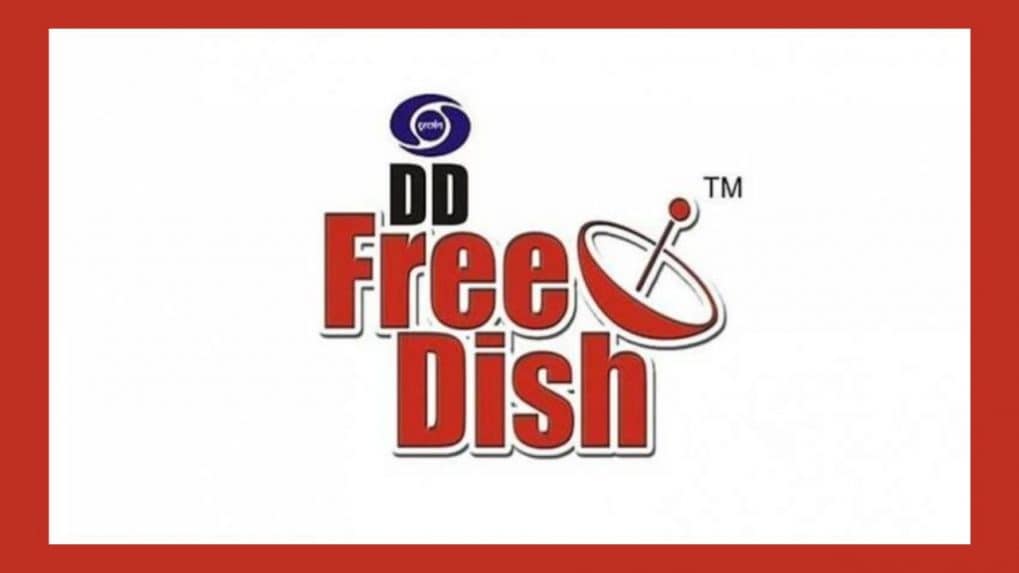Digital
Why OpenAI is hiring 100 ex-bankers: Inside the ChatGPT-maker's secret project to automate Wall Street's grunt work

Public broadcaster Prasar Bharati has initiated a gradual transition of its DD Free Dish platform from MPEG-2 to the more advanced MPEG-4 technology — a shift aimed at improving picture quality, spectrum efficiency, and channel capacity for millions of free-to-air television viewers across the country.
Confirming the development, Gaurav Dwivedi, CEO of Prasar Bharati, said that while the move to MPEG-4 is a technical upgrade long in the making, the migration will be implemented cautiously to avoid burdening existing viewers.
“It’s an ongoing process. Nearly two-thirds of the set-top boxes in the market today are still MPEG-2. Moving all channels to MPEG-4 immediately would impose a cost on viewers,” Dwivedi explained.
“Many households are comfortable with their existing boxes, and their devices continue to perform satisfactorily. So, the transition will be gradual,” he added.
The switch from MPEG-2 to MPEG-4 — which allows for higher data compression without compromising quality — will eventually free up satellite bandwidth and enable Prasar Bharati to host more channels on DD Free Dish, including regional and high-definition (HD) options.
While no official timeline has been announced, the pubcaster emphasized that the upgrade is part of a long-term modernization roadmap for its free-to-air television services.
“There’s no fixed deadline yet, but over a period of time, we will definitely complete the migration,” Dwivedi said.
Industry experts view the move as a necessary evolution for DD Free Dish, which remains India’s largest free-to-air direct-to-home (DTH) platform with an estimated 50 million-plus households. The shift is expected to make room for more private and regional broadcasters, improving diversity and competitiveness within the free-to-air segment.
DD Free Dish has made a major breakthrough in the Hindi heartland—Uttar Pradesh, Bihar, Jharkhand, Madhya Pradesh, Rajasthan, and Uttarakhand—but is now expanding into southern states with reserved slots for regional channels. For Prasar Bharati, it has become a major revenue generator, earning nearly ₹800 crore annually through slot auctions, while avoiding expenses like license fees and transponder rentals.
The modernization aligns with Prasar Bharati’s larger digital transformation agenda — including its Direct-to-Mobile (D2M) initiatives and the expansion of its OTT platform Waves — as the broadcaster looks to bridge the gap between traditional transmission and next-generation digital broadcasting.
“Our goal is to enhance viewer experience without disrupting access. Technological evolution is inevitable, but we’re ensuring it happens in a balanced, inclusive manner,” Dwivedi said.
From Delhi’s sharp-tongued lyricists to Chennai’s bilingual innovators and North-East India’s experimental beatmakers, Rap 91 LIVE’s lineup was a sonic map of the country’s cultural diversity.
Read MoreAs WPP reels from revenue declines and vows sweeping restructuring, Publicis and Havas ride strong AI-led client demand. With Omnicom and IPG on the cusp of a historic merger, the global advertising landscape braces for a power realignment built on data, technology, and efficiency.